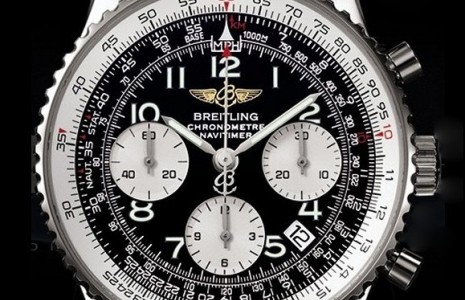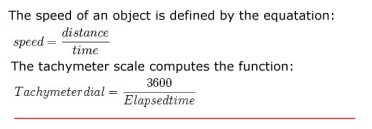 |


This page is part of "The MasterSite for the larger camera" |

I must admit, sometimes it is preferable to have an assistant when carrying all the gear into the field. This is not what I meant though, I am talking about an extra hand on your watch. Did you ever realize how many times you use your watch as a LF photographer? Most of the time a good analog watch with a second hand will suffice under most circumstances. A chronograph will give some extra though. Most of the time these chrono's have fluorescent paint or tritium on the hands and luminescent dials, which makes working in the dark(room) more convenient also. You can time and monitor your photographic process or exposuretime by means of simply pushing a button. On a separate scale (Seconds scale - Minutes scale -Hours scale) you read the total time ticked away. So, no need to watch the hands constantly! Apart from the normal use of a good chronograph, there are also some other uses that could save the film and yourself.
NOTE: The terms Chronograph and Chronometer are often used indiscriminately, although they are two different types of watches. The term chronometer is more of a title a watch can "earn" after a series of severe tests. An official Swiss institute is in charge of these tests, which are strictly prescribed in protocols. In 1961, one of the rules was, that a mechanical watch was not allowed to gain more than 12 seconds or to loose more than 3 seconds in order to receive the title. Because the quality and accuracy of wrist watches improved, these rules needed adjustment through the years.
|

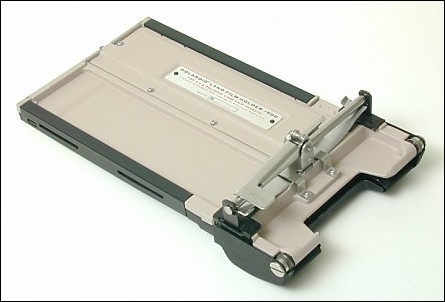
|  |
TIMING POLAROID PROCESS
Using Polaroid on your Speed requires at least a watch giving proper and constant time reading. What else can we do with a chronograph watch?
|

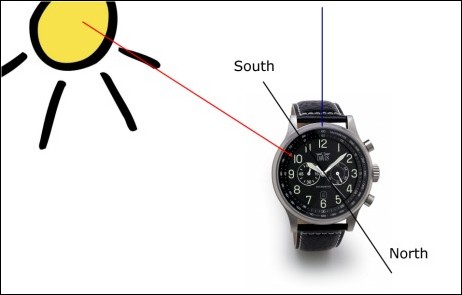 Finding North in northern hemisphere (North farther from the Sun), in southern hemisphere North is closest to the Sun. |  |
FINDING NORTH. It's possible to determine your orientation using an analog watch (i.e., one with hands) in place of a compass. The direction will be correct if the watch is set for true local time, without adjustments for daylight savings time. And the further you are from the equator, the more accurate this method will be. In the northern hemisphere, hold the watch horizontal and point the hour hand in the direction of the sun. Bisect the angle between the hour hand and the twelve o'clock mark to get the north-south line. North will be the direction farthest from the sun. In the southern hemisphere, hold the watch horizontal and point the twelve o'clock mark in the direction of the sun. Bisect the angle between the hour hand and the twelve o'clock mark to get the north-south line. North will be the direction closer to the sun. |

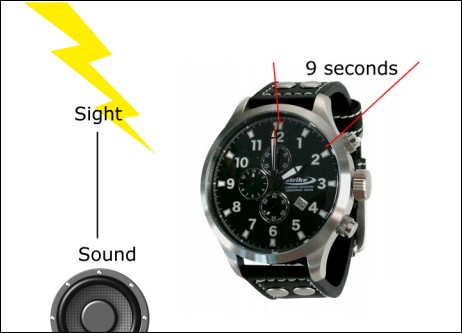
Light travels 300.000 km/sec . If at a distance of 3km the flash will take only 0.000.001/sec |  |
ESTIMATING DISTANCE...
1. Watch the sky for a flash of lightning.
2. Count the number of seconds until you hear thunder. If you have a watch with a second hand or a digital watch that has seconds, begin timing as soon as you see the lightning and stop as soon as you hear the thunder start. If you don’t have a watch, do your best to count the seconds accurately. Say "One one thousand, two one thousand etc." in your mind for each second.
3. Divide the number of seconds by 5 to calculate the distance in miles (or divide by 3 for kilometers). In other words if you counted 18 seconds from when you saw the lightning, the strike was 3.6 miles (6 kilometers) from your location. The delay between when you see lightning and when you hear thunder occurs because sound travels much, much more slowly than light. Sound travels through air at about 1100-1200 feet (330-350 meters) per second (depending on altitude, relative humidity, pressure, etc.), which is a little more than one mile per five seconds (one kilometer per three seconds). In comparison, the speed of light is 983,571,058 feet (299,792,458 meters) per second.
* For example, if lightning strikes a point 1 mile away, you will see the strike approximately .00000536 seconds after the strike while you will hear it approximately 4.72 seconds after the actual strike. If you calculate the difference between these two experiences, a person will hear a strike approximately 4.71999 seconds after the strike actually occurred. Therefore, 5 seconds per mile is a fairly robust approximation.
4. Seek shelter immediately if a storm is approaching. |




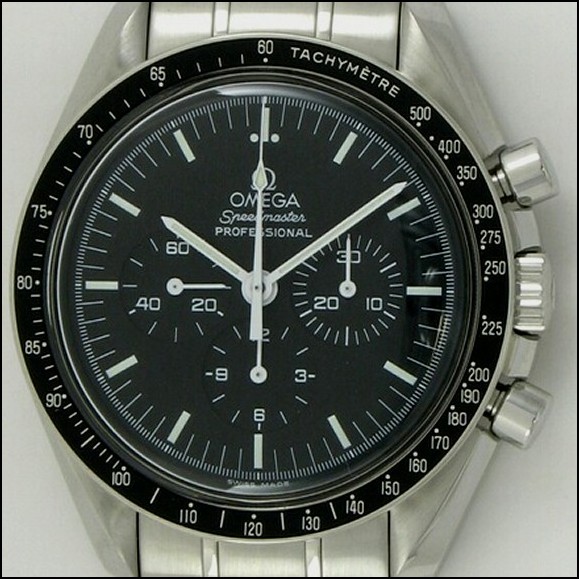
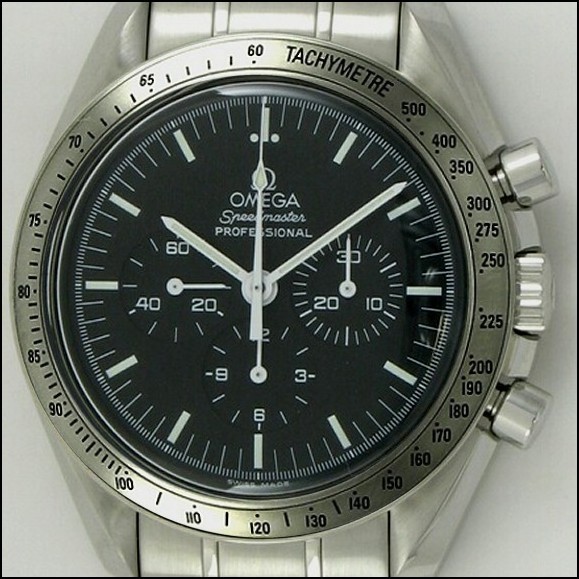
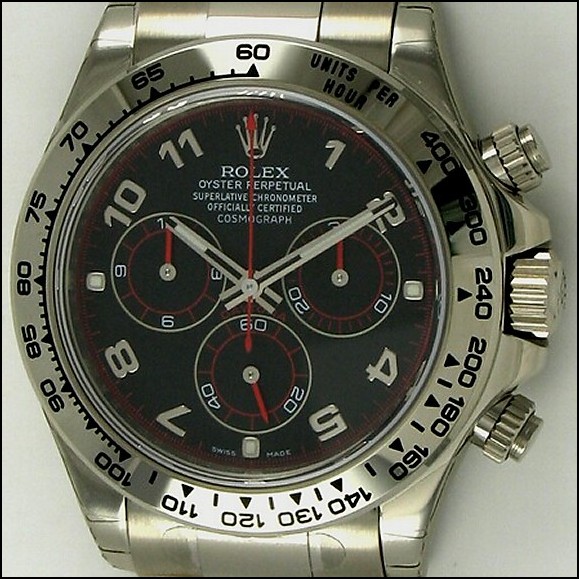
Some machines from our members that will do the job! |


WWII Air crew/Pilot Watches. |  |
RESUME
"The greatest luxury in life is time, savour every second."
S U R V E Y |

| This page has been published and uploaded on November 11, 2007 All photographs, graphics and text if not otherwise credited, were done by John D.esq and are copyrighted!
Tempus fugit - Two years passed since we published and launched this site and finally we came to the conclusion that all has been written...! |

This page is part of "The MasterSite for the larger camera" 
|
|
COPYRIGHT NOTICE: PUBLISHED PHOTOGRAPHS NOR TEXT MAY USED WITHOUT WRITTEN CONSCENT OF THE AUTHOR.PHOTOGRAPHS MAY NOT BE CROPPED, RETOUCHED OR AIRBRUSHED IN ANY WAY WITHOUT THE PERMISSION OF JOHN D. PHOTOGRAPHY.ALTERING THESE PHOTOS WITHOUT PERMISSION WILL RESULT IN CHARGES FOR DAMAGED PHOTOGRAPHS.THERE WILL BE WHATSOEVER NO CAPTURING, RESAMPLING, SCANNING, DIGITISING OR STORAGE OF IMAGES ON A RETRIEVAL SYSTEM WITHOUT THE WRITTEN CONSENT OF THE AUTHOR. THE NATURE OF THE CAPTIONS MUST BE RESPECTED.ALL THESE PHOTOGRAPHS ARE COPYRIGHT OF JOHN D.PHOTOGRAPHY & JOHND.ESQ © 1999,2007 |
